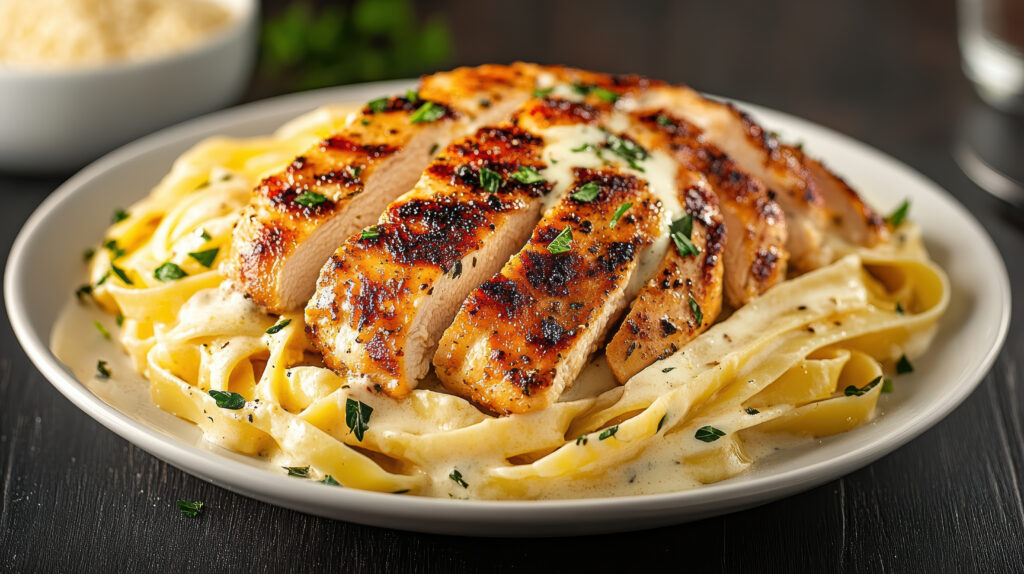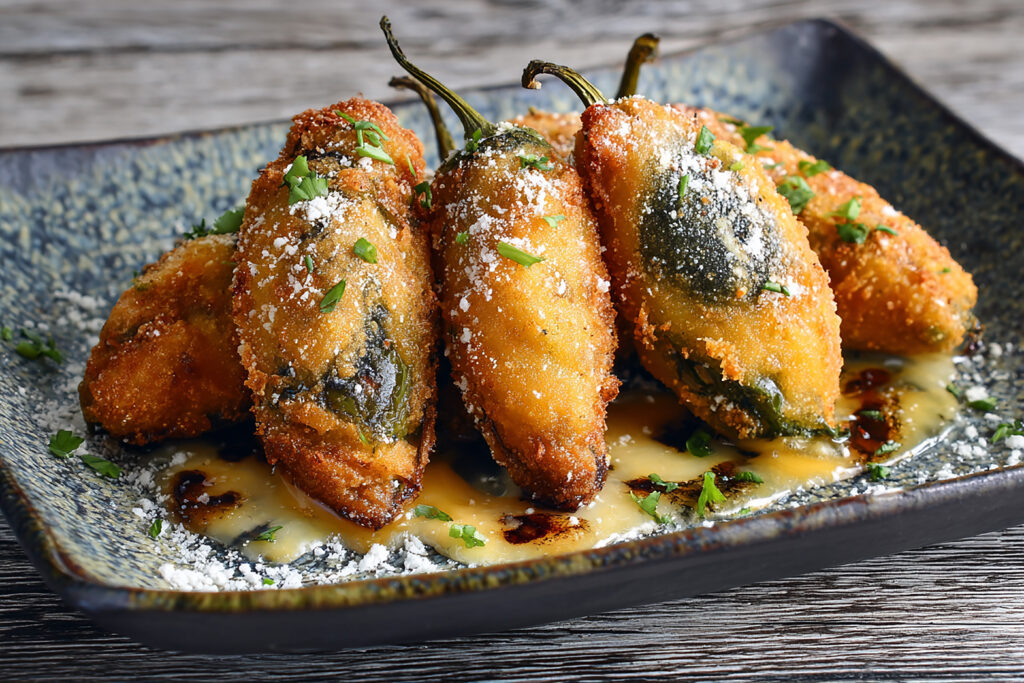
🕒 Fridge Shelf Life
How long is cooked pasta good for in the fridge? Discover the exact shelf life, safety tips, and best storage methods to
.Cooked pasta—whether plain or sauced—kept in the fridge typically lasts about 3 to 5 days, assuming it’s stored properly. That’s the consensus among reputable food-safety sources.
- Plain cooked pasta: 3–5 days in an airtight container
- Pasta with sauce (e.g., tomato, Alfredo): also about 3–5 days, depending on ingredients
Some online anecdotes suggest pasta lasting up to 7 days, but these are less reliable and may risk safety—experts strongly recommend 3–5 days as the safe window.
Table of Contents
⚠️ When Pasta Goes Bad
Before eating stored pasta, check for these spoilage signals:
- Slimy or sticky texture
- Off smell (sour, rancid)
- Discoloration — greyish or greenish hues, mold spots
- Off taste if accidentally tried (e.g. bitter or tangy)
Even if pasta smells okay, bacteria may still be present. It’s not worth eating anything past the 5‑day safety limit.
🌡️ Food-Safety Guidelines
- Cooked pasta should be cooled and refrigerated within 2 hours of cooking—that keeps it out of the “danger zone” for bacteria growth.
- Always store in airtight containers or sealed bags. Tossing a little olive oil on plain pasta helps prevent clumping and sticking.
- Keep the fridge at 40 °F (4 °C) or colder to slow bacterial growth.
How to Store and Reheat Pasta Safely & Deliciously
Proper Storage Techniques
- Let pasta cool completely (but refrigerate within 2 hours).
- Transfer into shallow airtight containers or resealable bags. If using bags, press air out before sealing.
- For plain pasta, toss with a small amount of olive oil—about a teaspoon or two per portion—to stop clumping.
- Store sauce separately when possible to preserve texture—especially creamy sauces.
- Label containers with date stored so you don’t exceed the 3‑5‑day window.
Reheating Methods
Depending on how your pasta was prepared, here’s how to heat it up best:
🥄 Plain Pasta (no sauce)
- Drop into boiling water or dunk in strainer for 30–60 seconds—hydrates noodles without overcooking.
🍝 Pasta with Sauce (tomato, cream, etc.)
- Stovetop: Warm in a skillet over medium heat, stirring and adding a splash of water, milk, or sauce if needed.
- Oven: For pasta dishes or bakes, like mac‑and‑cheese or lasagna, heat at 350 °F (~175 °C) for ~20 minutes, covered with foil to retain moisture.
- Microwave: Use for individual portions. Add moisture (water or sauce), cover, and stir midway. Avoid reheating the same portion multiple times—can dry out or heat unevenly.
✅ Safety tip:
Always reheat leftover pasta to an internal temperature of 165 °F (74 °C) to kill harmful bacteria. This is especially critical with creamy or protein‑rich dishes EatingWell.
💡 Quick Summary Table
| Pasta Type | Fridge Shelf Life | Storage Notes | Reheat Method |
|---|---|---|---|
| Plain cooked pasta | 3–5 days | Airtight, toss with oil | Boil quickly in water |
| Pasta with sauce | 3–5 days | Store sauce separately if possible | Oven/stovetop/microwave |
| Fresh homemade pasta | 1–2 days | More delicate—better freeze if longer | Similar to cooked pasta |
⏰ Discard any pasta stored longer than 5 days regardless of appearance or smell.
🍽️ Recipe: Creamy Chicken Alfredo with Fettuccine

Here’s a human‑style recipe for a classic Chicken Alfredo—makes 4 servings, with leftovers that fit within the fridge-storage guidelines.
Ingredients
- 500 g fettuccine (or linguine)
- 2 boneless skinless chicken breasts (~300–350 g total), thinly sliced
- 2 Tbsp olive oil (for cooking + salad)
- 3 Tbsp unsalted butter
- 4 cloves garlic, minced
- 2 cups heavy cream (or half‑and‑half)
- 1 cup grated Parmesan cheese
- Salt & freshly ground black pepper (to taste)
- Fresh parsley or basil, chopped (optional garnish)
- Extra grated Parmesan, at serving
Steps
- Cook the pasta: In salted boiling water, cook fettuccine per package instructions until al dente. Reserve ½ cup pasta water, drain pasta, toss with a drizzle of olive oil, and set aside.
- Cook chicken: Heat 1 Tbsp olive oil in a skillet over medium-high. Season chicken slices with salt and pepper. Cook ~5–6 min until golden and cooked through. Transfer to plate; keep warm.
- Make sauce: In same pan, reduce heat to medium. Melt butter, sauté garlic ~30 sec until fragrant (not browned). Pour in heavy cream; simmer gently for 2–3 mins, stirring frequently.
- Add cheese: Stir in Parmesan; the sauce will thicken. If too thick, add reserved pasta water a bit at a time to reach desired consistency.
- Combine: Return chicken to pan, then stir in cooked pasta. Toss gently to coat. Taste, adjust salt & pepper.
- Serve: Plate immediately. Garnish with chopped parsley/basil and extra Parmesan. Drizzle with olive oil if desired. Serve warm.
Storage and Reheat Instructions
- Cool promptly (within 2 hours), transfer pasta and sauce (with chicken) into airtight containers.
- Use within 3–5 days stored at ≤40 °F (~4 °C).
- To reheat: either microwave individual portions (stir midway, add splash of cream or water) or reheat in skillet over medium heat until internal temp reaches 165 °F / 74 °C.
- For a baked version: add extra cheese on top, bake at 350 °F for ~15–20 minutes, covered—uncover for final few minutes if you like a golden finish.
🧼 Food Safety Checklist
- ⏱ Refrigerate pasta within 2 hours after cooking
- 🧴 Use airtight containers or resealable bags
- 🧂 For plain pasta, toss with olive oil to avoid sticking
- 🥫 Store sauce separately if possible
- 🧯 Keep fridge at 40 °F (4 °C) or below
- 👃 Discard pasta that looks slimy, smells off, or shows discoloration—even if within 5 days
- 🔥 Reheat to 165 °F (74 °C) before serving to kill bacteria
❓ FAQs
Q: Can I freeze leftover pasta?
Yes. Freeze plain cooked pasta up to 2 months by tossing with oil and sealing in freezer bags or containers. Sauce can also be frozen separately for similar quality.
Q: Does reheating kill bacteria in old pasta?
Reheating may kill active bacteria if heated thoroughly to 165 °F, but toxins already produced cannot be removed, making spoiled pasta unsafe regardless of reheating.
Q: Is it okay to eat cold pasta salad straight from the fridge?
Yes, plain pasta (without sauce or protein) stored properly can be eaten cold within 3–5 days, provided there are no spoilage signs.
✅ Final Word
- Storage window: 3–5 days maximum in the fridge
- Proper handling: cool fast, use airtight containers, oil plain pasta, refrigerate promptly
- Reheating: safest when heated thoroughly (165 °F), and using proper methods to preserve texture and flavor
- Recipe included: Creamy Chicken Alfredo for fresh meals and easy use of leftovers
Follow these guidelines, and your pasta stays both delicious and safe. Enjoy home‑cooked meals without worrying about spoilage—and savor every bite! 🍝
Try this today also:

